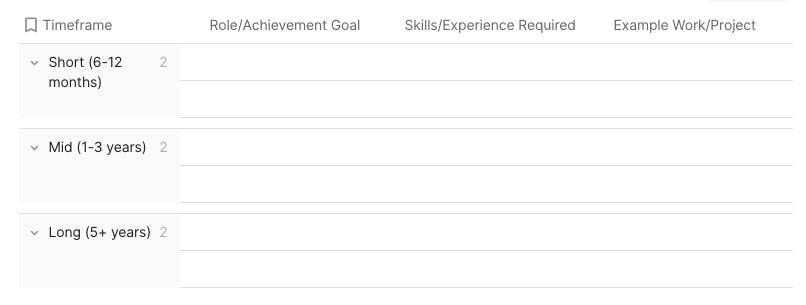Skip to content
Share
Explore

 Up-level Your Team Today with DCCs
Up-level Your Team Today with DCCs
Massively increase the impact of your team with the Dynamic Career Convo (DCC) framework
The TLDR 😉
Get more out of your team, and up-level your management with a career conversation framework that:
What is a Dynamic Career Convo?
Here’s a sneak preview of just how simple the framework is:


The full story 🤓
Why bother with Dynamic Career Convos?
How it all began: the career conversation that inspired me
Lightning Strikes!: How I came up with Dynamic Career Convo framework


Want to print your doc?
This is not the way.
This is not the way.

Try clicking the ⋯ next to your doc name or using a keyboard shortcut (
CtrlP
) instead.